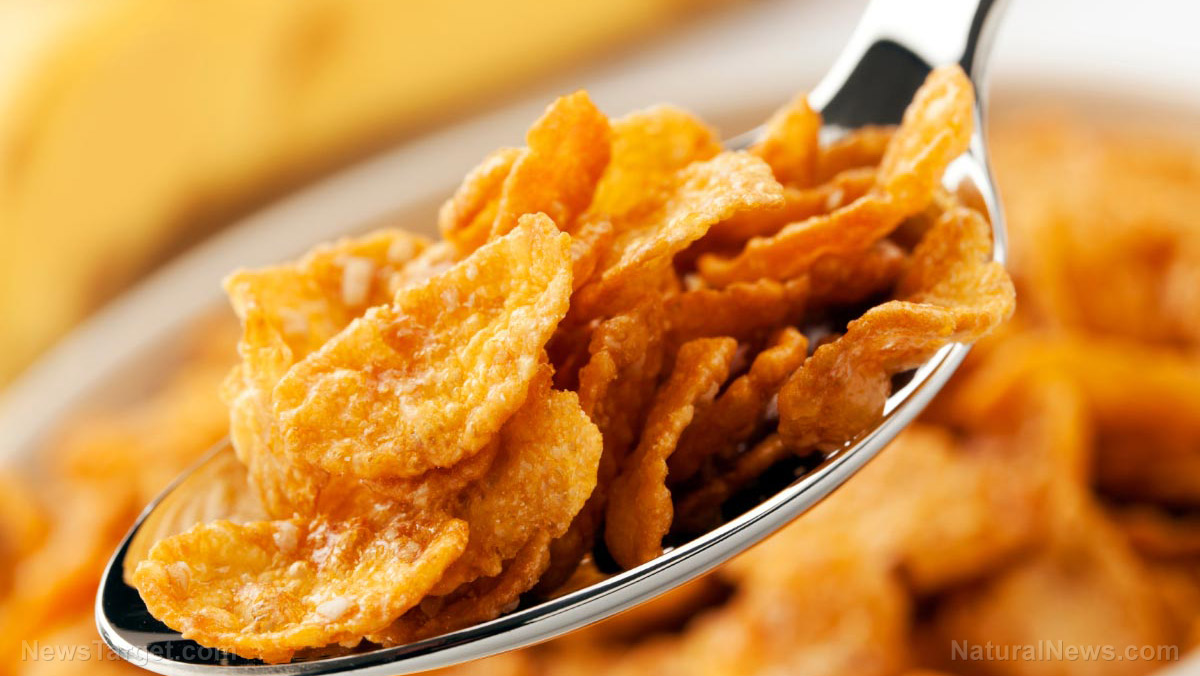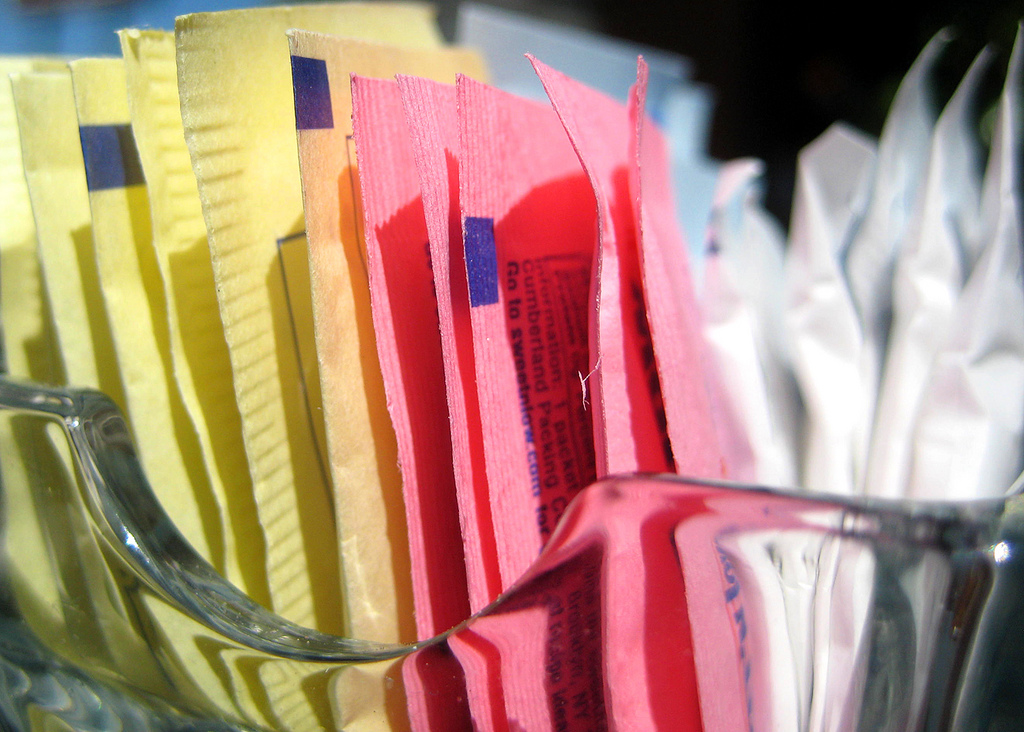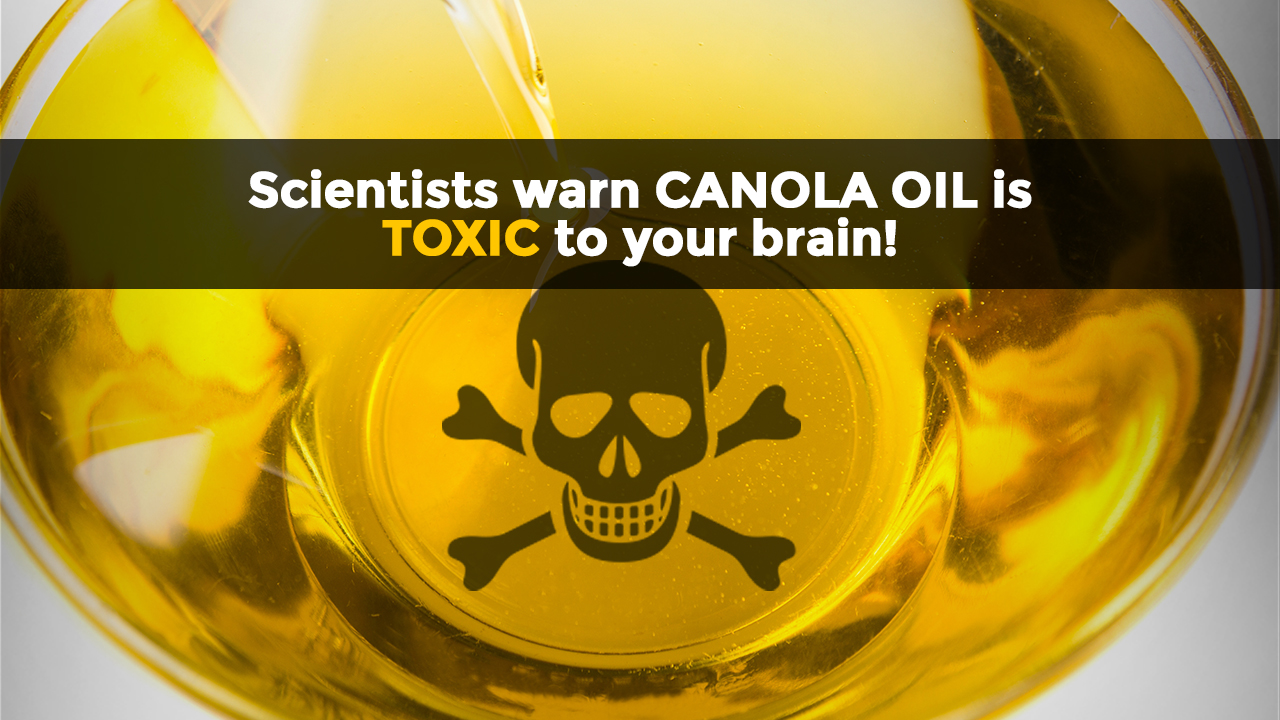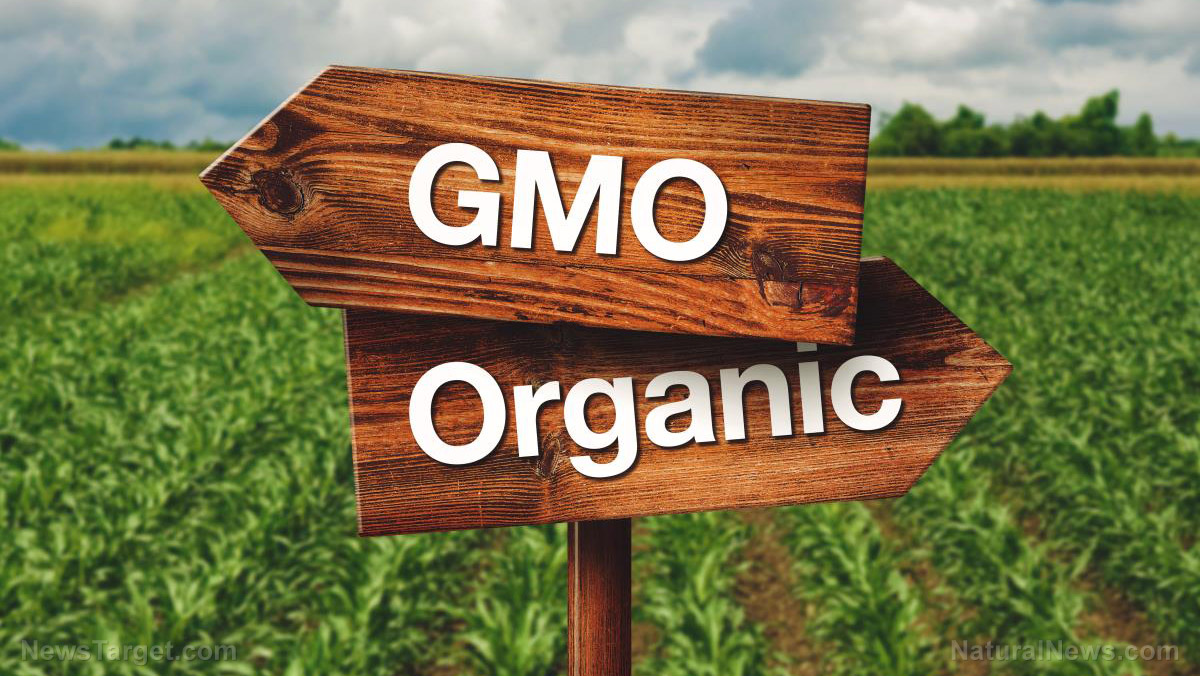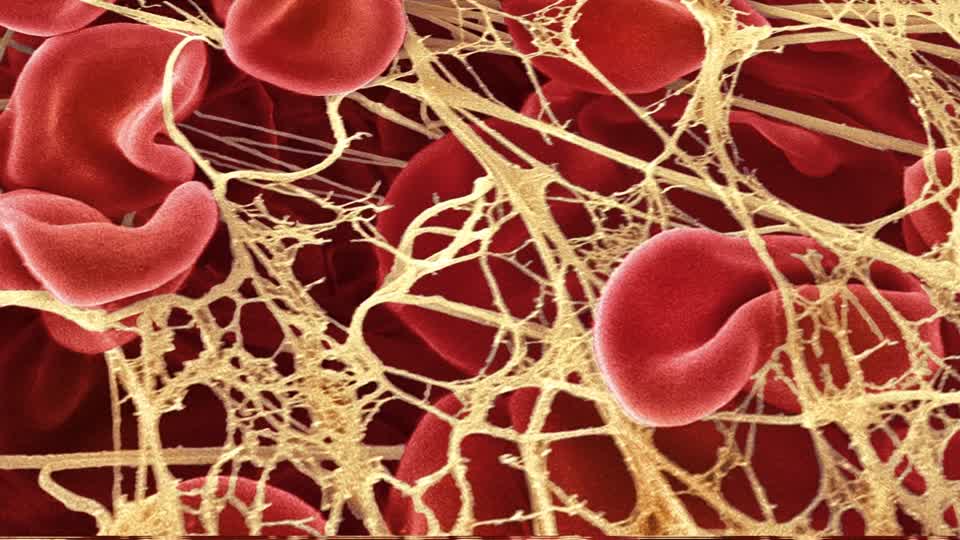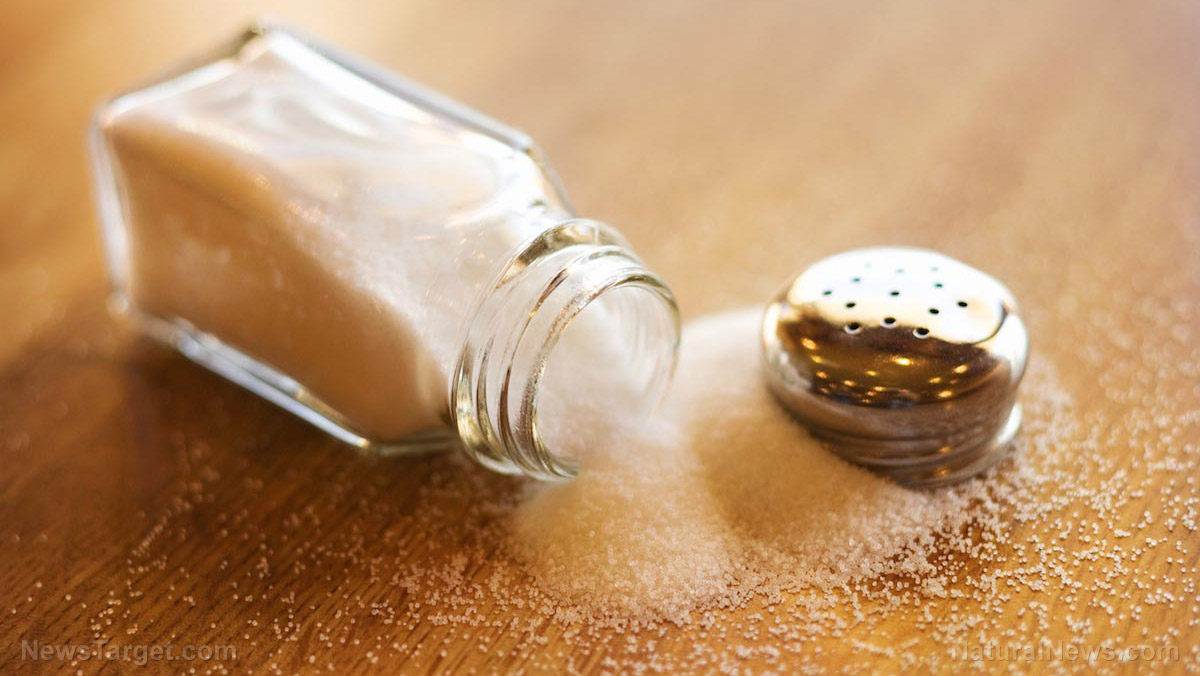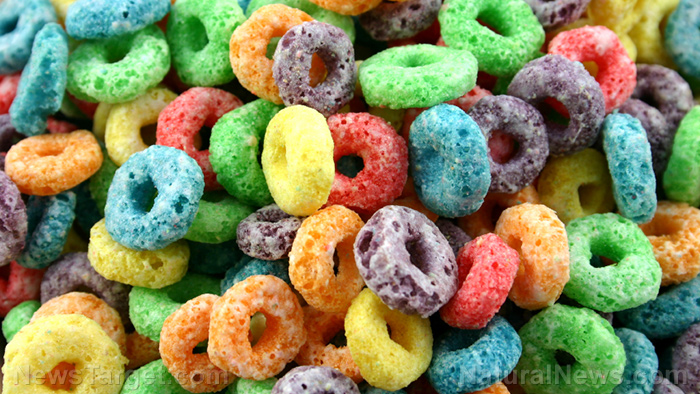Top 10 fruits doused in toxic chemicals
10/13/2015 / By John Allen

Pesticides are toxic to insects (insecticides), plants (herbicides) and fungi (fungicides). They are also toxic to other living organisms, but corporate agribusiness doesn’t take that into account because to do so would interfere with profiteering, which is their reason for existing.
For example, pesticide exposure kills an estimated 72 million wild birds each year and has drastically reduced the honeybee and monarch butterfly populations over the past decade. Humans are also adversely affected by pesticides, often by being in close proximity to their use. For example, the EPA conservatively estimates that as many as 20,000 farmers and farmworkers (and their children) are poisoned by pesticides each year.
It is primarily by direct consumption, however, that people are harmed by pesticides. Much of the worldwide human food supply has been treated with pesticides, which remain, to varying degrees, on almost everything we eat. Chronic illnesses – including non-Hodgkin lymphoma, prostate cancer, Parkinson’s disease, lung cancer, bronchitis and asthma – are considered by the FDA to be linked to pesticide exposure.(1)
The following list of pesticide-laden fruits was compiled primarily from the annual Dirty Dozen list published by the Environmental Working Group, and also tabulations created by the Pesticide Action Network, using data culled from the U.S. Department of Agriculture, the Environmental Protection Agency and other official sources. The Pesticide Action Network lists pesticides that have been found to be present in several fruits, with each pesticide being to some degree a probable carcinogen, suspected hormone disruptor, neurotoxin and/or developmental/reproductive toxin.(2, 3)
1. Peaches
62 pesticides found by the USDA Pesticide Data Program. 98 percent tested positive for at least one pesticide residue, according to U.S. Department of Agriculture data.(4)
Prominent pesticides: fludioxonil; iprodione; phosmet.(3)
Phosmet is classified by the Pesticide Action Network as a cholinesterase inhibitor; inhibiting the cholinesterase enzyme has been linked to impaired neurological development in the fetus and infants, chronic fatigue syndrome, and Parkinson’s disease. It’s also highly toxic to bees.
2. Grapes
56 pesticides found by the USDA Pesticide Data Program.
Prominent pesticides: imidacloprid; boscalid; pyraclostrobin. Imidacloprid is highly toxic to honeybees and other beneficial insects, and is banned in Europe.(3)
Dog owners might like to know that it’s also the active ingredient in the popular flea-killing medication Advantage, which contains 9.1% of the pesticide. According to a study in the journal Toxicology Mechanisms and Methods, following topical application of Advantage, transferable residue on the dog’s coat can be detected for up to four weeks. The authors of the study concluded that such chronic exposure may pose health risks to veterinarians, dog caretakers and owners.(5)
3. Blueberries
52 pesticides found by the USDA Pesticide Data Program.
Prominent pesticides: boscalid; pyraclostrobin; cyprodinil.(3)
Although the Pesticide Action Network lists the acute toxicity of pyraclostrobin as unknown, the Iowa Department of Public Health (IDPH) received reports of five events in July 2007 involving pyraclostrobin that sickened 33 persons, including 27 migrant workers who were exposed in a single incident involving crop dusting.(6)
4. Apples
47 pesticides found by the USDA Pesticide Data Program. 99 percent tested positive for at least one pesticide residue, according to U.S. Department of Agriculture data.
Prominent pesticides: diphenylamine; thiabendazole; pyrimethanil.(3)
Thiabendazole is classified by the Pesticide Action Network as a known or probable carcinogen, and also as a developmental or reproductive toxin that has been determined to cause reproductive and developmental harm, including birth defects, infertility, sterility and impairment of normal growth and development.
5. Strawberries
45 pesticides found by the USDA Pesticide Data Program.
Prominent pesticides: pyraclostrobin; captan; tetrahydrophthalimide.(3)
Captan is classifed by the Pesticide Action Network as being acutely toxic and a known or probable carcinogen. As with most pesticides listed here, it’s also toxic to aquatic life – especially fish. In one scientific study, every rainbow trout that was exposed to the chemical died within hours as a result of various captan-related diseases.(7)
6. Plums
44 pesticides found by the USDA Pesticide Data Program.
Prominent pesticides: methoxyfenozide; iprodione; fludioxonil.(3)
Ipriodone is classified by the Pesticide Action Network as being a known or probable carcinogen. Fludioxonil is also a likely carcinogen, having been associated with malignant lymphomas and liver tumors.(8)
7. Cherries
42 pesticides found by the USDA Pesticide Data Program.
Prominent pesticides: pyraclostrobin; bifenthrin; boscalid.(3)
Bifenthrin is classified by the Pesticide Action Network as a developmental or reproductive toxin that has been determined to cause reproductive and developmental harm, including birth defects, infertility, sterility and impairment of normal growth and development.
8. Pears
40 pesticides found by the USDA Pesticide Data Program.
Prominent pesticides: fludioxonil; ortho-phenylphenol; pyrimethanil.(3)
Ortho-phenylphenol is classified by the Pesticide Action Network as acutely toxic, a known or probable carcinogen, and also as a developmental or reproductive toxin that has been determined to cause reproductive and developmental harm, including birth defects, infertility, sterility and impairment of normal growth and development.
9. Nectarines
33 pesticides found by the USDA Pesticide Data Program. 97 percent tested positive for at least one pesticide residue, according to U.S. Department of Agriculture data.
Prominent pesticides: formetanate hydrochloride; fludioxonil; phosmet.(3)
Formentate hydrochoride is classified by the Pesticide Action Network as acutely toxic, and as a cholinesterase inhibitor, which has been linked to impaired neurological development in the fetus and in infants, chronic fatigue syndrome and Parkinson’s disease.
10. Watermelon
26 pesticides found by the USDA Pesticide Data Program.
Prominent pesticides: thiamethoxam; imidacloprid; mefenoxam.(3)
Mefenoxam is classified by the Pesticide Action Network as acutely toxic. Imidacloprid is very toxic to bees and aquatic life. It’s use has been increasing rapidly due to help fight off “sucking pests,” raising concerns of its potential large-scale hazards.(9)
Some ways to avoid eating fruits that are doused in toxic chemicals
The best way to avoid poisoned fruits is to buy organic. Synthetic pesticide use is heavily regulated in organic farming, and while natural pesticides are allowed, they are far less toxic and heavily regulated. Even organic produce can be contaminated by “pesticide drift” from non-organic farms, but the risk is slight compared to fruits which are known to have been directly sprayed with toxins.(10)
Of course, it costs more to produce organic fruit than it does to produce contaminated fruit, and those costs are passed along to consumers in the form of higher prices. However, there are ways to make buying organic fruits easier on your pocketbook.(1)
One easy thing to do is know when your favorite fruits are in season, because when their supply is high, the price goes down. Stock up on them when they’re cheap, and preserve them by canning, freezing and drying.
If you’re not willing or able to do your own preserving, you can always buy organic frozen fruit, which costs less than non-organic fresh fruit. Furthermore, frozen organic fruits often have superior nutrition compared to other fruits that have been shipped thousands of miles.
You can also buy dried organic fruits, which are relatively inexpensive and don’t contain the sulfite preservatives that are present in conventional dried fruits.
It’s also helpful to remember that buying fruit in bulk is cheaper per-pound than buying it loose.
Eating organic fruit exclusively might seem like a hassle, but most sane people would probably agree that it’s better than eating chemicals with names like fludioxonil, iprodione, phosmet, methoxyfenozide, diphenylamine and thiabendazole.
For more on organic foods and becoming more food self-reliant, the non-profit FoodRising.org is a unique source of information.
References:
(1) ConsumerReports.org[PDF]
(2) EWG.org
(10) ConsumerReports.org
Submit a correction >>
Tagged Under:
This article may contain statements that reflect the opinion of the author
RECENT NEWS & ARTICLES
COPYRIGHT © 2017 TOP 10 GROCERY SECRETS



